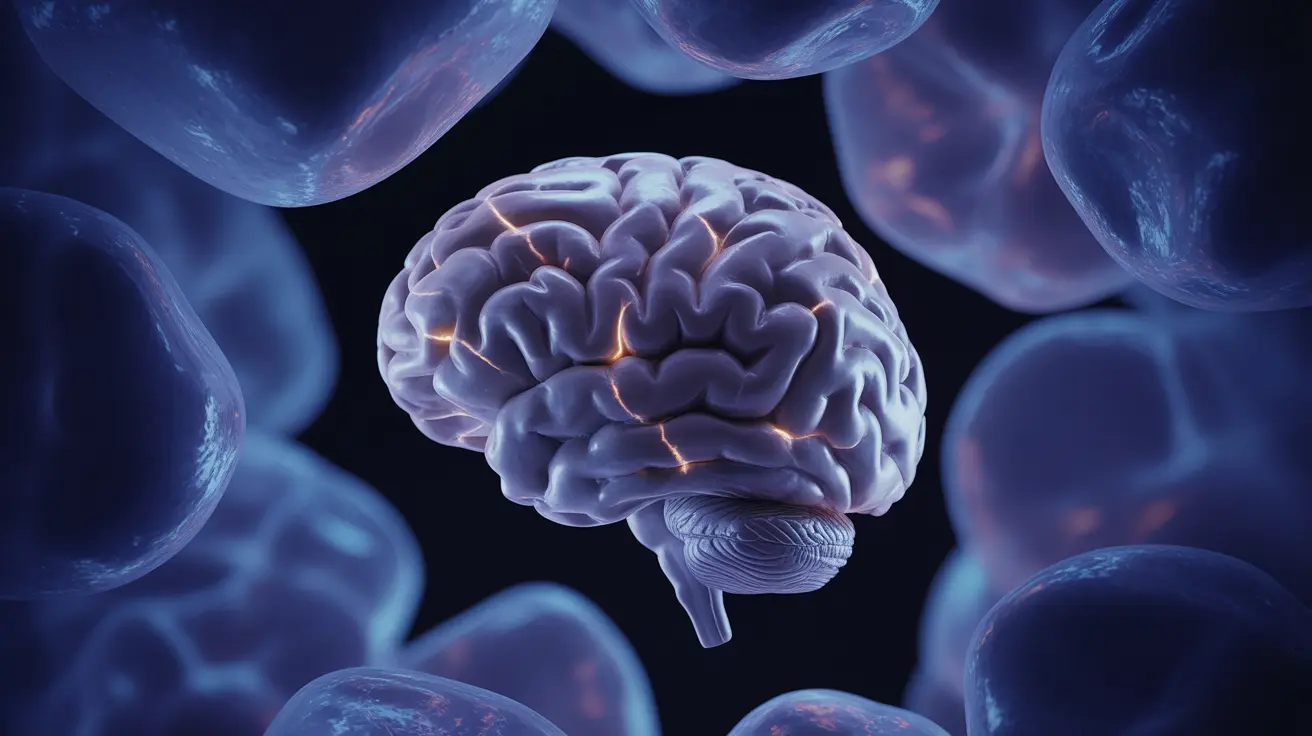Exploding head syndrome (EHS) is a fascinating but unsettling sleep phenomenon where individuals experience loud, imagined noises or a sensation of explosion in their head as they transition between sleep and wakefulness. While the name might sound alarming, this condition isn't physically harmful, though it can be quite distressing for those who experience it.
Understanding what causes exploding head syndrome and how to manage it effectively can help sufferers cope better with this unusual sleep disorder. Let's explore the underlying causes, symptoms, and various treatment approaches that can help minimize its impact on your sleep quality and overall well-being.
Understanding the Causes of Exploding Head Syndrome
The exact mechanisms behind exploding head syndrome aren't fully understood, but researchers have identified several potential contributing factors:
- Stress and anxiety
- Sleep deprivation
- Irregular sleep patterns
- Temporal lobe activity changes
- Minor seizures in the brain's temporal region
- Medication side effects
Many experts believe that exploding head syndrome occurs due to a temporary neurological malfunction during the transition between different stages of sleep. This dysfunction might cause the brain to misinterpret internal processes as external sounds or sensations.
Common Symptoms and Characteristics
Recognizing the symptoms of exploding head syndrome is crucial for proper diagnosis and management:
- Loud imaginary noises (such as cymbal crashes, gunshots, or explosions)
- Flashing lights or visual disturbances
- Sudden muscle jerks
- Rapid heartbeat following episodes
- Feelings of fear or anxiety after an event
Natural Management Strategies
While there's no single cure for exploding head syndrome, several non-medicinal approaches can help reduce episode frequency and severity:
Sleep Hygiene Improvements
Maintaining good sleep habits can significantly impact the frequency of EHS episodes:
- Maintaining a consistent sleep schedule
- Creating a relaxing bedtime routine
- Ensuring your bedroom is dark, quiet, and cool
- Limiting screen time before bed
- Avoiding caffeine and alcohol near bedtime
Stress Management Techniques
Since stress often triggers episodes, implementing stress-reduction strategies can be particularly effective:
- Regular meditation practice
- Deep breathing exercises
- Progressive muscle relaxation
- Gentle yoga before bed
- Journaling to process daily concerns
Distinguishing EHS from Other Sleep Disorders
Exploding head syndrome has unique characteristics that set it apart from other sleep disorders. Unlike night terrors or sleep paralysis, EHS episodes typically occur during the transition to sleep or upon waking, rather than during deep sleep phases. Understanding these differences is crucial for proper diagnosis and treatment.
Frequently Asked Questions
What are the main causes of exploding head syndrome during sleep? Exploding head syndrome is primarily caused by neurological misfiring during sleep-wake transitions, often triggered by stress, irregular sleep patterns, and sleep deprivation. Other factors can include anxiety, medication side effects, and temporal lobe activity changes.
How can I manage or treat exploding head syndrome without medication? Natural management strategies include maintaining consistent sleep schedules, practicing good sleep hygiene, using relaxation techniques, and managing stress through meditation and deep breathing exercises. Creating a calm sleep environment and establishing a regular bedtime routine can also help.
Are there any lifestyle changes that can help reduce the frequency of exploding head syndrome episodes? Yes, several lifestyle modifications can help: maintaining regular sleep patterns, reducing caffeine and alcohol intake, managing stress effectively, exercising regularly (but not close to bedtime), and creating a peaceful sleep environment.
What are the differences between exploding head syndrome and other sleep disorders, such as night terrors? Unlike night terrors, which occur during deep sleep and involve physical movements, EHS typically happens during sleep-wake transitions and doesn't involve physical activity. EHS episodes are characterized by perceived loud noises or explosions, while night terrors involve intense fear and physical reactions.
Can stress reduction techniques, like meditation, help alleviate symptoms of exploding head syndrome? Yes, stress reduction techniques can be very effective in managing EHS symptoms. Regular meditation, mindfulness practices, and relaxation exercises can help reduce episode frequency by lowering overall stress levels and improving sleep quality.




